Vietnam – South Korea relationship: prosperous journey
H.E. Nguyen Phu Binh, the first Ambassador of Vietnam to the RoK, reflects on the 25 years since diplomatic relations were established.
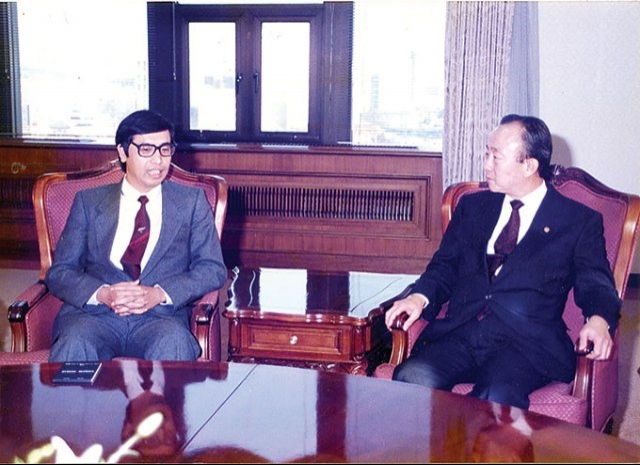
H.E. Nguyen Phu Binh (left) and RoK Minister of Foreign Affairs Lee Sang Ok in November 1992 (Photo: Archives from the Foreign Ministry)
My family and I arrived at Gimpo International Airport in Seoul one afternoon in early November, 1992, as I was taking up my post as the first Ambassador and Head of the Vietnam Liaison Office in the Republic of Korea (RoK). Previously, the RoK Government sent Mr. Park No Soo to set up a Liaison Office in Hanoi just a month after an agreement between the two countries was signed on April 20, 1992.
The first surprise for me was that as well as representatives from the Ministry of Foreign Affairs welcoming me at the airport were many journalists, with a lively press conference taking place soon after. Most questions focused on Vietnam’s “doi moi” (renovation) policy opening up its economy, its relations with the US and China, and, in particular, its attitude towards the fact that South Korean troops had fought in Vietnam alongside the Americans. I viewed the press conference and subsequent news items and photos about Vietnam’s first ambassador in Seoul as representing a good start to my term.
At the Presentation of Credentials by Vietnam’s Minister of Foreign Affairs to the RoK’s Minister of Foreign Affairs Lee Sang Ok, I had another surprise when I was formally informed that “The Government of the RoK has decided to establish diplomatic relations with Vietnam” and that he looked forward to having a meeting between the two foreign ministers in Seoul or Hanoi. Just a few weeks later, on December 22, 1992, an agreement to establish full diplomatic relations between the two countries was signed in Hanoi during a visit to Vietnam by Minister Lee Sang Ok. Thus, in 1992, the two countries had two agreements on the establishment of diplomatic relations at two different levels. As well as the RoK diplomatic offices in Hanoi, we also had to open a diplomatic mission twice in just a few weeks: the first was the Liaison Office and then the Vietnamese Embassy.
The work of the new embassy was perse and busy, but I found it interesting and rewarding. I steadily made new friends and relationships that helped me understand more about the country and the people of the RoK.
I was pleased to be interviewed by South Korean TV and newspapers. I was invited to talk about the policy of reform and economic openness at universities and socioeconomic organizations in areas outside of Seoul. During my four years as ambassador, I never refused to meet anyone nor missed any invitation to speak anywhere in the RoK.
At the Republic of Korea - Vietnam Forum for the Future, held in Hanoi on November 21, the RoK’s first ambassador to Vietnam, H.E Park No Soo, said that many of his colleagues thought he had spent difficult years working as the first ambassador in Vietnam given the past. But Vietnamese leaders, officials, and people, he explained to them, had an open attitude towards him as well as the RoK. “With a policy of putting aside the past and looking forward to the future, and being a friend to all countries, including those that have been hostile, Vietnam is a great country,” he said touchingly.
In mid-November, Mr. Lee Kyung Sik, Editor-in-Chief of the Korea Post, a South Korean foreign affairs magazine with whom I was in close contact during my term as ambassador, sent me an email. He was impressed by an answer I gave in an interview with him 25 years ago, when he asked about the past relationship between the two countries: “We forgive, but we never forget the past,” was my reply. This message was particularly well received in the RoK.
Looking back on the time when the two countries established diplomatic relations, it can be seen as a convergence of interests: Vietnam was pushing its policy of reform and economic openness to end a difficult period for the economy and the people, having escaped from international sanctions. Meanwhile, the RoK was considered one of four “Asian Tigers” and was trying to overcome the geopolitical constraints of being among the greatest beneficiaries of expanding markets and promoting its economic impact in Southeast Asia. The end of the Cold War, the trend towards globalization and peace and stability in the region and the world, and the cultural similarities between the two countries gave momentum to the beginning of relations.
There are very few cases as positive as the Vietnam-RoK relationship. Over the last 25 years there have been 20 Summit Meetings of leaders of the two countries. Moreover, just nine years after the establishment of diplomatic relations, the two developed a “Comprehensive Cooperative Partnership for the 21st Century” in August 2001 and eight years later, in 2009, signed a “Strategic Partnership”.
The most prominent result has been economic, especially trade. With the signing of the Vietnam-South Korea Free Trade Agreement (VKFTA) on May 5, 2015, trade has been growing rapidly. In the first ten months of this year, total trade turnover reached $50 billion; 100 times more than the $500 million recorded in 1992. A figure of $60 billion is anticipated for the year as a whole, making the RoK Vietnam’s second-largest trade partner and Vietnam the third-largest exporter to the RoK. Trade is estimated to reach $70 billion by 2020.
The RoK has continually been among the leaders in terms of foreign direct investment (FDI) into Vietnam and since 2014 has been the largest, with over 6,477 projects and capital of $57.5 billion as at November, 2017, accounting for 18.1 per cent of all foreign investment capital. These projects have generated some 700,000 jobs and more than 30 per cent of Vietnam’s total exports. Seventy per cent of capital has gone to manufacturing and processing and most of the RoK’s leading corporations have a presence in Vietnam.
The country is also Vietnam’s second-largest ODA donor, with 60 projects worth $2.7 billion, and Vietnam has become its largest ODA partner. In 2011, the RoK identified Vietnam as a strategic partner in ODA cooperation with three focus areas: green growth, human resources training, and infrastructure construction. In May 2015, Vietnam’s Prime Minister signed a decree setting up the Vietnam-Korea Institute of Science and Technology (V-KIST) with support from RoK Government and applied the experience of the Korea Institute of Science and Technology (KIST) in research and manufacturing development. In November, the two countries signed a framework arrangement regarding loans from the Economic Development Cooperation Fund (EDCF) for 2016-2020. According to the credit framework agreement for 2016-2020, the RoK Government plans to provide $1.5 billion in ODA to Vietnam, with certain basic conditions, which will finance projects agreed upon by both governments.
The two countries have also seen solid results in labor cooperation. There are currently some 40,000 Vietnamese workers in the RoK, accounting for 7.5 per cent of all foreign workers in the country, following only China, whose workers account for 45.8 per cent of the total.
Economic relations between the two countries have developed rapidly and stably as they are complementary, not in competition, and are mutual beneficial. Vietnam is three times the size of the RoK in terms of territory and has double its population. Purchasing power in Vietnam is growing and it is truly a sizeable market. Vietnam’s human resources may be able to offset any shortages in workers in the RoK. Its natural resources, including minerals and energy, agriculture, and fisheries, are a significant source of additional resources for the RoK. Vietnam’s socio-political situation has long been stable and its economic reforms and foreign policy are broad and open, helping to build economic cooperation with other countries. The role and profile of Vietnam in the region and internationally will also be a long-term factor in ensuring sustainable cooperation with the RoK.
The RoK, meanwhile, has among the most developed economies in the world and can meet Vietnam’s demand for FDI, ODA, technology, and management and development experience. It has also become a large and stable market for Vietnamese goods.
Besides the development of economic relations, cooperation in the fields of culture, education, and people-to-people exchanges have also developed handsomely. Twenty-five years ago, virtually no citizens from one country lived in the other, but today the figure stands at around 150,000 both ways, not to mention the 60,000 Vietnamese brides that are married to South Koreans and have become citizens.
South Korean tourists to Vietnam and vice-versa are also increasing rapidly. Last year, some 1.55 million South Koreans visited Vietnam, up 38 per cent against 2015. In the first eight months of this year, they totaled 1.5 million out of 8.4 million international visitors to the country, up 50 per cent, and Vietnam has clearly become a popular destination for South Koreans in Southeast Asia. Vietnamese visitors to the RoK last year, meanwhile, reached 250,000 and stood at 200,000 in the first eight months of this year. According to the RoK Embassy, South Korean visitors to Vietnam will reach 2 million this year, while 350,000 Vietnamese visitors will travel to the RoK. Aviation relations have grown in tandem, with 30 flights a day now conducted between major destinations in the two countries.
In education, 7,500 Vietnamese students pursued studies in the RoK last year, which increased to 14,614 this year, accounting for 12 per cent of all foreign students in the country. Together with Vietnamese workers in the RoK, they make a major contribution to Vietnam’s long-term development and will act a bridge in the future relations between the two countries.
Cultural exchanges have also become more active. While young Vietnamese love the sounds of K-pop and stars in South Korean entertainment and fashion, Vietnam’s middle-class, especially women, love South Korean dramas. Korean restaurants are easily found in Vietnam’s major cities. Meanwhile, Vietnam’s national dress for women, the “ao dai”, has great appeal in the RoK, as does Vietnamese cuisine. Korean and Vietnamese language teaching centers are also opening in larger numbers in the major cities of the two countries, driving exchanges between and the development of both countries.
The relationship has indeed developed comprehensively and spectacularly over the last 25 years, but there is, of course, still plenty of room for improvement. Due to differences in the level of development, the RoK side tends to be more proactive and the Vietnamese side more passive in regard to policies and solutions in developing relations in various fields. According to the recommendations made by former Prime Minister Vu Khoan at the recent Republic of Korea - Vietnam Forum for the Future, the two countries should work together to clarify strategic partnerships in each of these fields, thereby exploiting complementary factors to attract more support from the RoK to Vietnam. This would assist Vietnam greatly in the reform of its economic institutions, improve the quality of its infrastructure and human resources, help restructure its economy, and bolster the existing economic cooperation to meet the interests of both.
Strengthening connectivity between the two countries, especially in economics, and the coordination of regional and global policies to maintain peace and stability and promote integration are also key to ensuring the development of the two countries.
Last but not least, I would like to emphasize that the exchange of people and cultures have stemmed from sound political and economic relations. People and cultural exchanges should be turned into a driving force for even greater development of the strategic partnership into the future./.
VNF/Vn Economic Times
Recommended
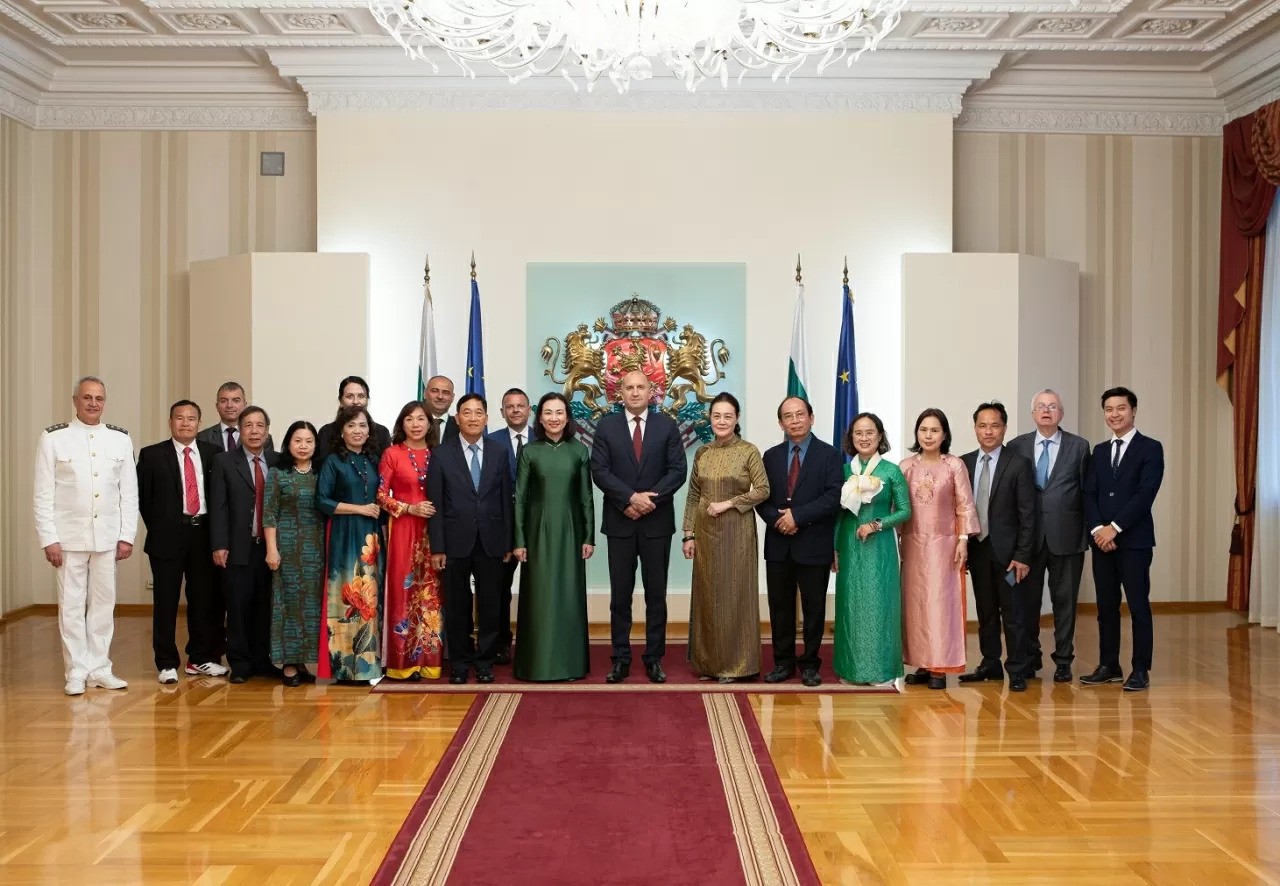 Friendship
Friendship
People-to-People Diplomacy: Sustainable Bridge of Vietnam-Bulgaria Friendship
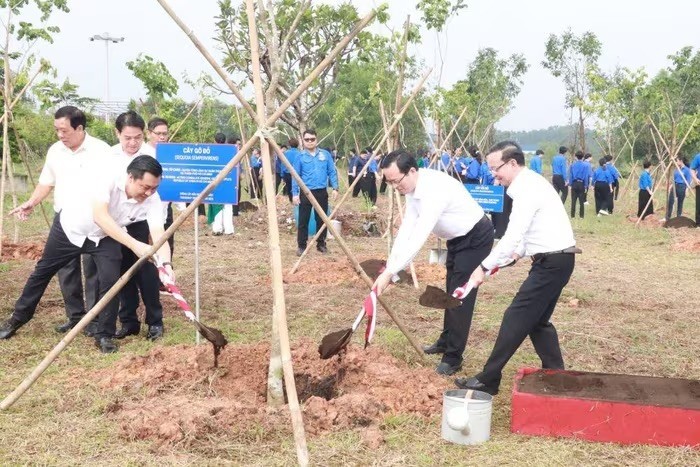 Friendship
Friendship
Binh Duong Hosts Tree Planting to Mark 75 Years of Vietnam-China Diplomatic Ties
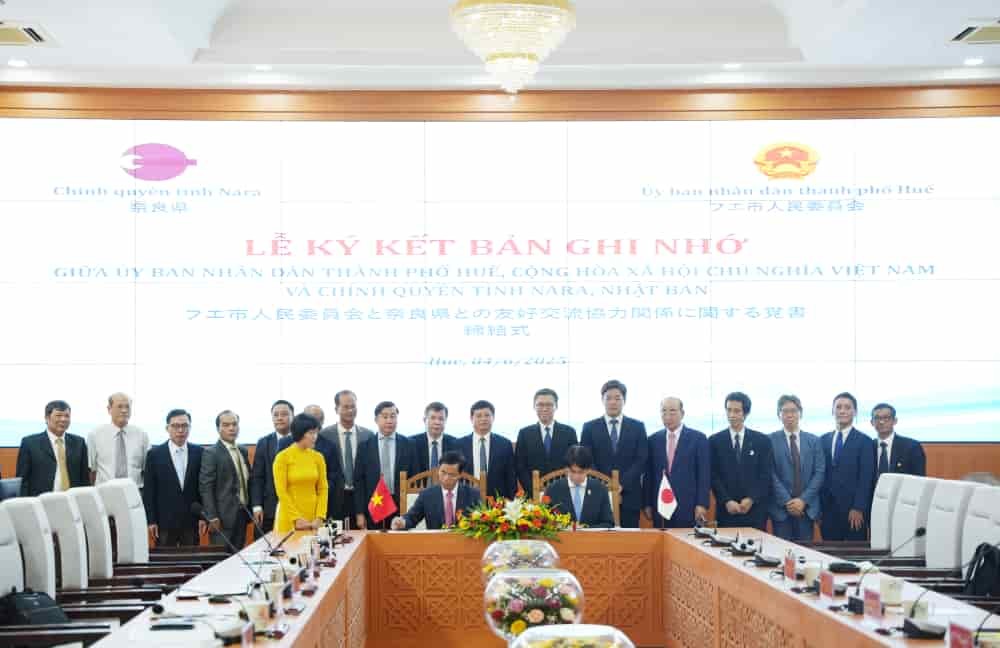 Friendship
Friendship
Hue, Nara Prefecture (Japan) Cooperate to Promote Cultural Heritage Values
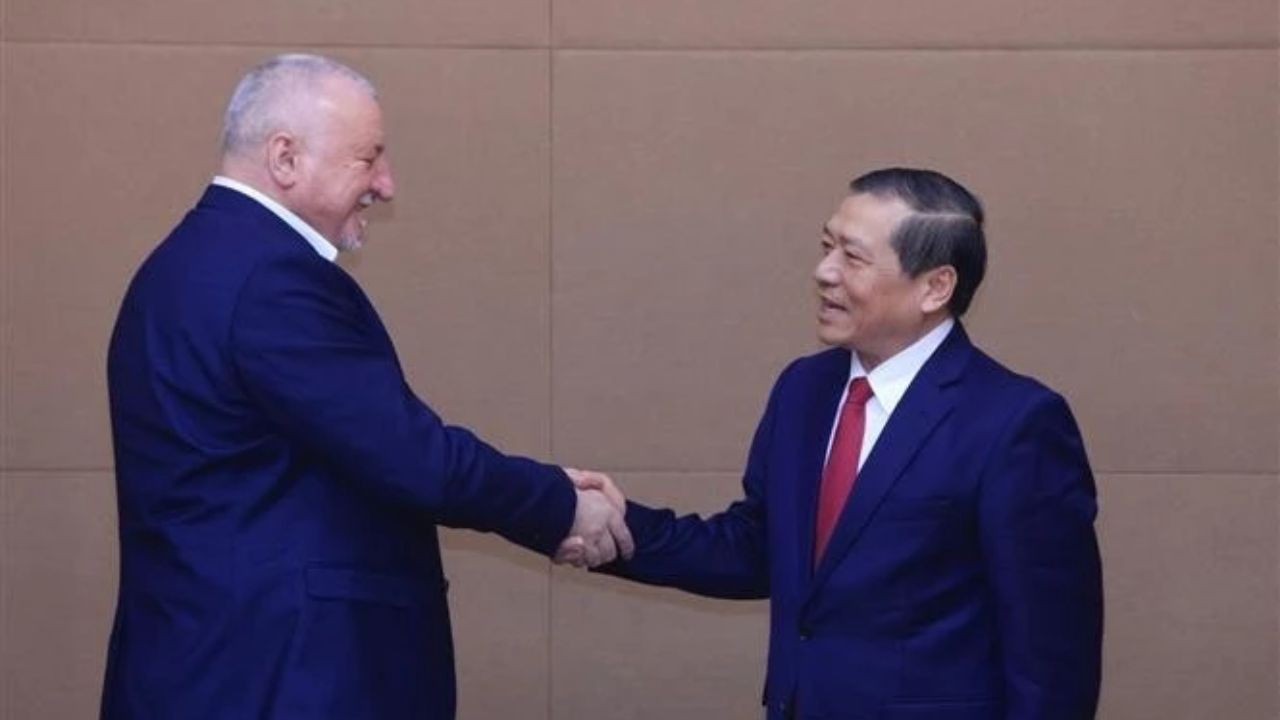 Friendship
Friendship
Strengthening Vietnam-Hungary Friendship
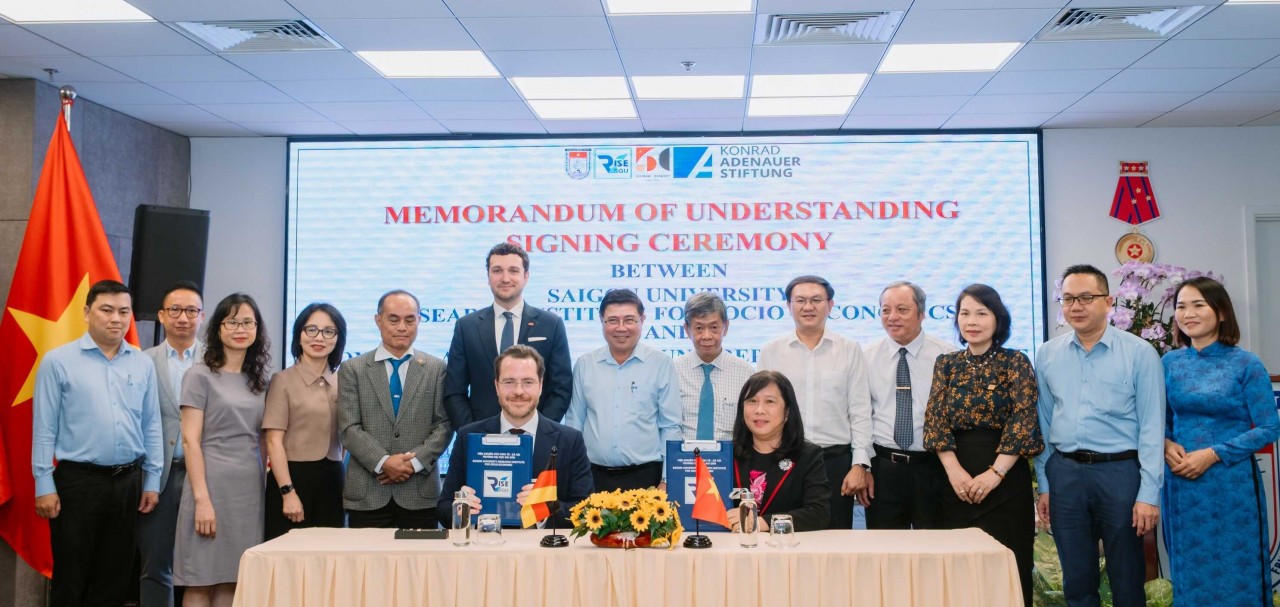 Friendship
Friendship
Another Vietnamese University Partners with Germany’s Konrad Adenauer Stiftung
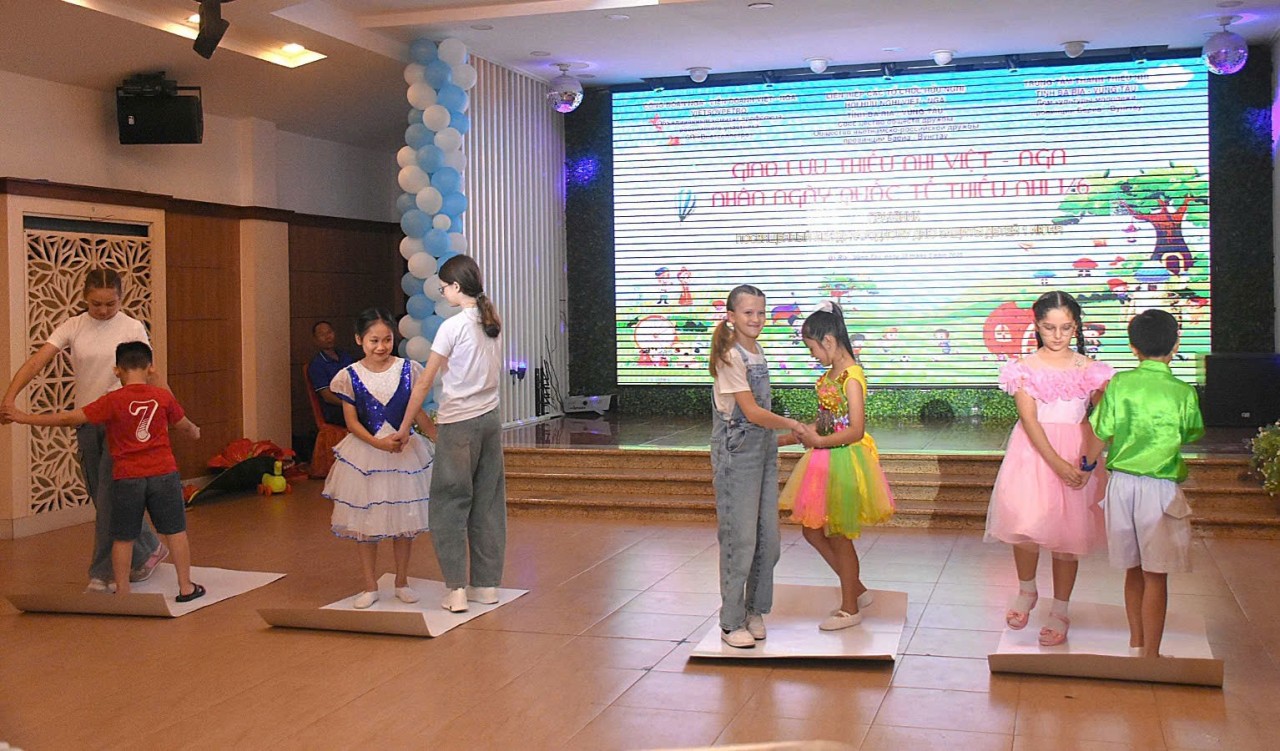 Friendship
Friendship
Over 200 Vietnamese and Russian Children Join “Red Scarf Of Friendship”
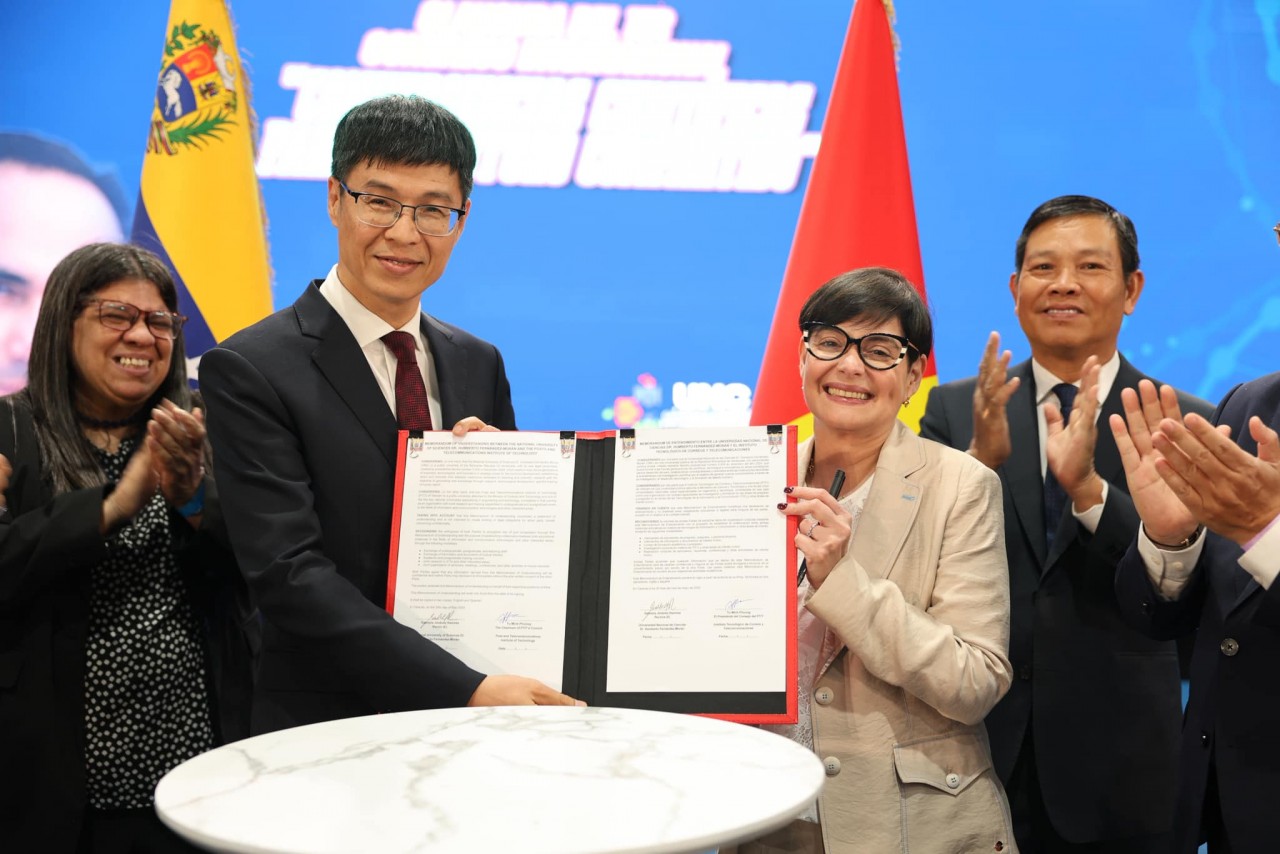 Friendship
Friendship
Venezuela Seeks Vietnam’s Expertise in Science and Technology
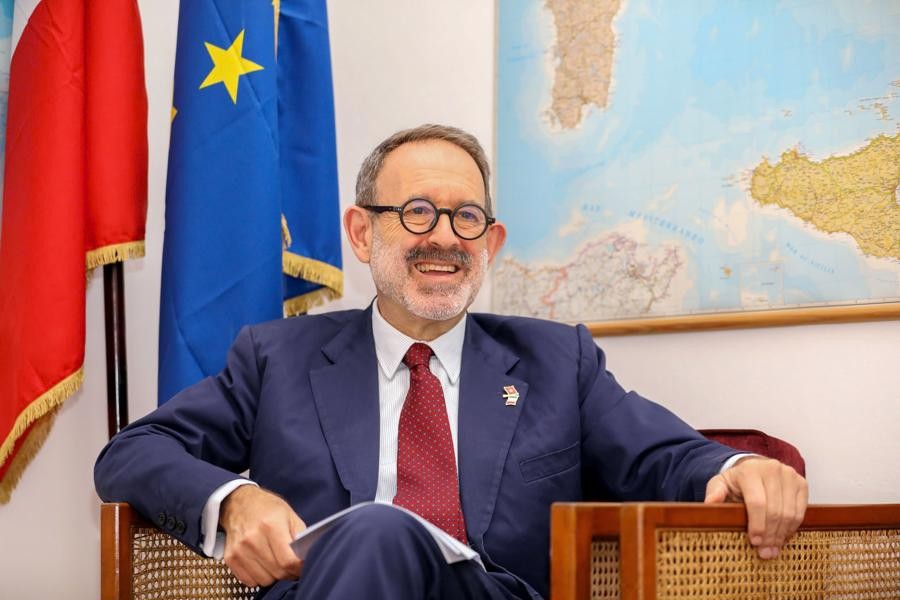 Friendship
Friendship
